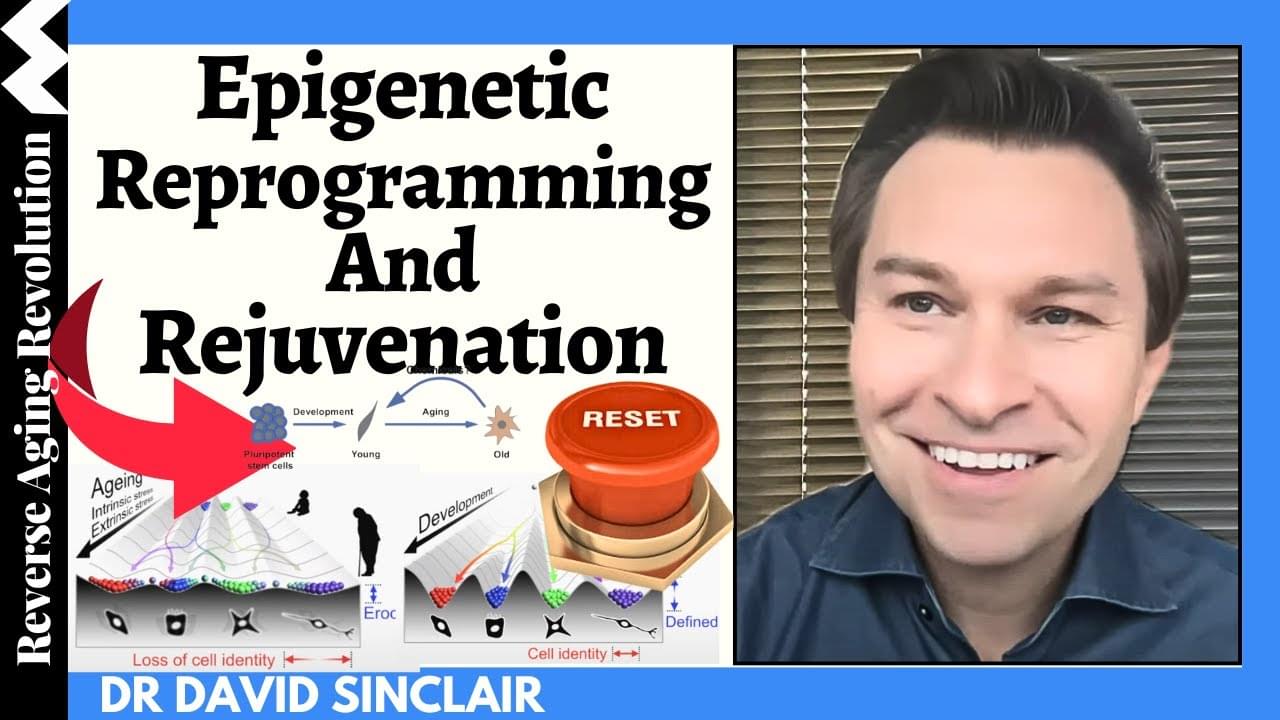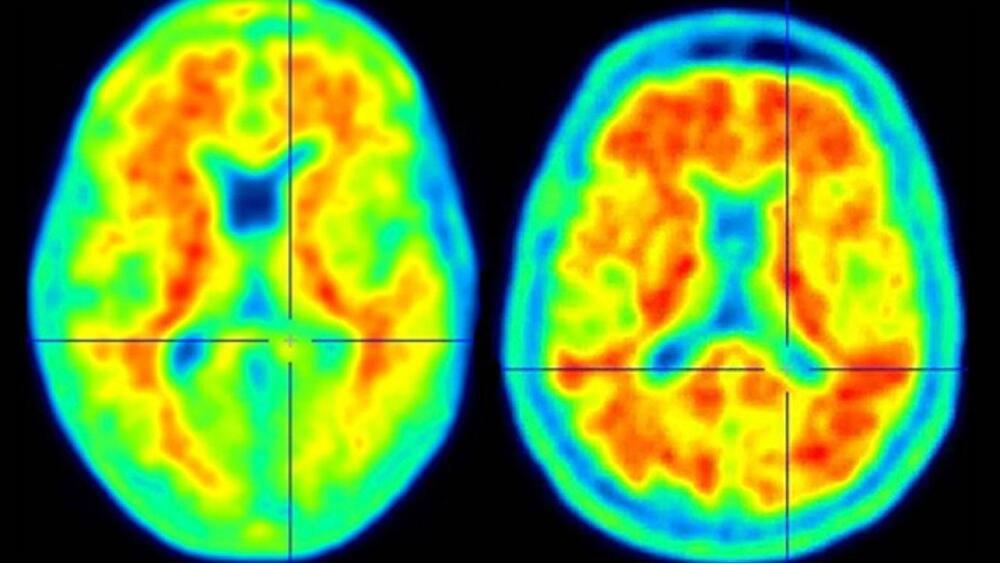Apr 24, 2024
Traditional Japanese Diet associated with Less Brain Shrinkage in Women compared to Western Diet, says research
Posted by Natalie Chan in categories: biotech/medical, genetics, health, neuroscience
Cognitive decline and dementia already affect more than 55 million people worldwide. This number is projected to skyrocket over the next few decades as the global population ages.
There are certain risk factors of cognitive decline and dementia that we cannot change – such as having a genetic predisposition to these conditions. But other risk factors we may have more power over – with research showing certain modifiable lifestyle habits, such as smoking, obesity and lack of exercise, are all linked to higher risk of dementia.
What role nutrition plays in preventing cognitive decline and dementia has also been the focus of scientific research for quite some time.

















